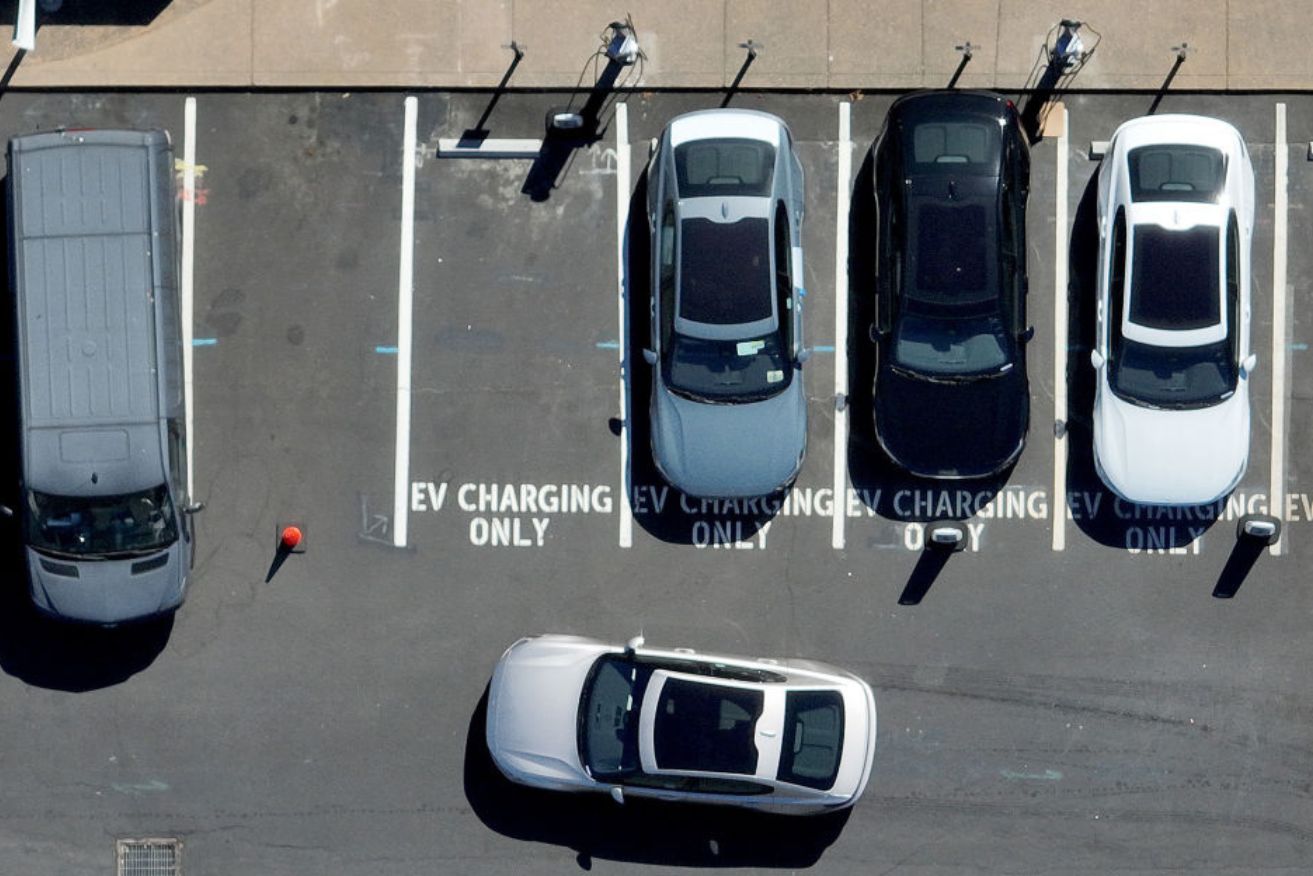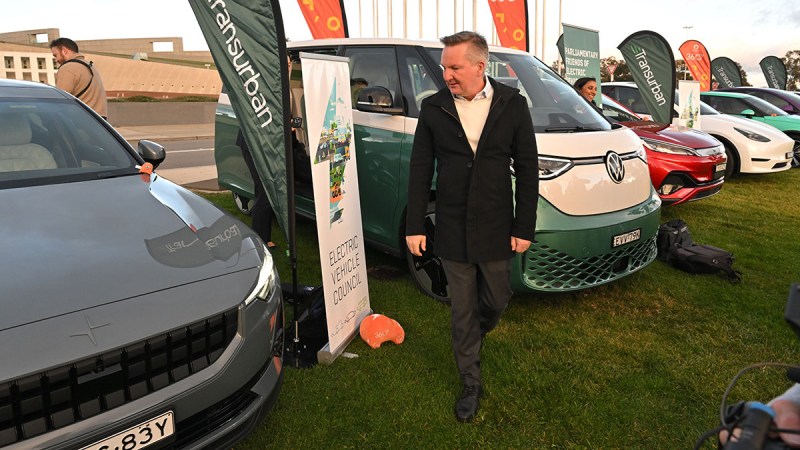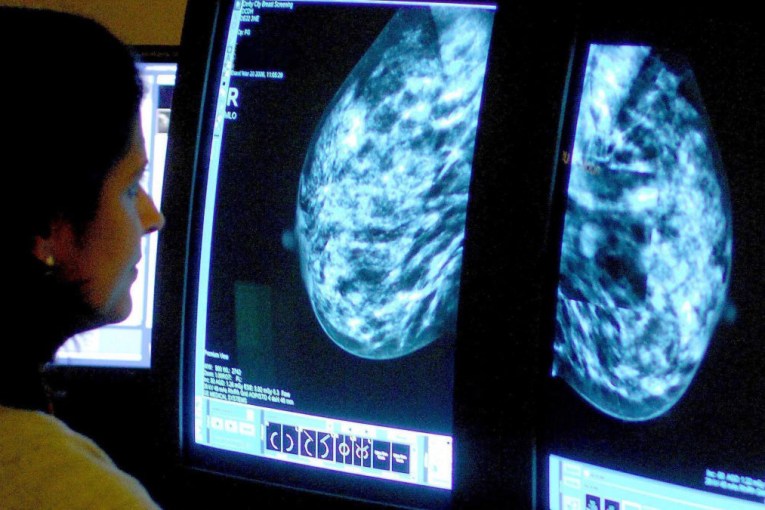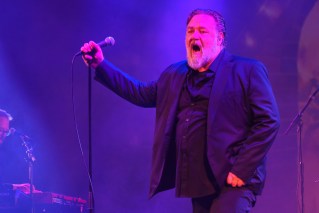More EVs and chargers than ever on the road to our green future


A record number of charging stations in Australia are helping to ease range anxiety that's plagued prospective EV buyers. Photo: Getty
There are more electric vehicles on Australian roads than ever, bolstered by a rapid increase in charging stations and easing supply chains pushing down prices, the Labor government says.
This year has seen a record number of fast and ultra-fast public electric vehicle chargers installed across Australia, with a 70 per cent increase in public EV charging locations since Christmas 2022.
There are also now more than 173,000 EVs on Australian roads – two thirds of these being added in since May 2022.
Minister for Climate Change and Energy Chris Bowen said the increase in charging locations would address the needs of drivers in regional and suburban communities, and reduce wait times for tens of thousands of new EV drivers.
‘Saving thousands’
“More and more households and businesses are saving thousands of dollars on the upfront and running costs of their vehicles – with our EV discount making leasing EV’s and plug-in hybrids cheaper than leasing petrol vehicles in many circumstances,” he said.
Investments under the National EV Strategy by state, territory and Commonwealth governments are expected to bring another 1000 fast-charging locations in the next one to three years.
That includes the federal government’s partnership with NRMA to install fast chargers at about every 150 km on the National Highway Network.
Electric Vehicle Council CEO Behyad Jafari said charging stations have been spread out “pretty proportionally” across the country.
“You can go anywhere you need to with an electric vehicle today,” he said.
“Most of the initial rollout of charging [was] built to ensure that you can drive anywhere in the country and there is a terminal session nearby.

Energy and Climate Change Minister Chris Bowen inspects electric vehicles. Photo: AAP
“Of course, with electric vehicles, you also have the option to charge the car at home. Most day-to-day driving is covered by that.”
EV drivers skyrocket
University of Queensland St Baker fellow in e-mobility Kai Li Lim said EVs now account for more than 10 per cent of new vehicle sales in Australia.
This is a steep increase from 2.4 per cent in 2022, and 0.8 per cent in 2021.
Apart from increased charging stations, Lim said government incentives such as rebates, grants, concessions, tax cuts and discounts are one of the factors driving the rapid uptake of EVs.
There has also been an increasing variety of EVs coming into Australia as supply chain issues ease.
There are now more than 90 models available in Australia – up from 35 in April 2022 – and the increasing variety of EVs from different car manufacturers are providing enough competition to start putting downward pressure on prices.
“Every time the supply of electric vehicles goes up, Australians snap them all up – they buy everything that they can get their hands on,” Jafari said.
“So that’s why so much of our focus is on ensuring that we get fuel efficiency standards pass in Australia to continue growing the options of electric vehicles for Australian consumers.”
The National Electric Vehicle Strategy released earlier in 2023 set Australia’s goals to increase the uptake of EVs to meet the country’s target of net-zero emissions by 2050.
Central to these plans was a pledge to introduce a fuel efficiency standard.
A draft of the policy, which was set to include more details on the fuel efficiency standard, was promised by the end of this year but has not materialised.
Learning about batteries
Lim said the experience of owning an EV is currently the best it has ever been, with vehicles charging faster and going further than before, eliminating some range anxiety.
The next focus should be managing expectations of prospective EV buyers, he said.
Primarily, Lim said many EV owners are disappointed to learn it can take more than five minutes to charge their cars.
For example, even if a charger holds 300 kW (most chargers hold much less) and a car such as the Hyundai Ioniq has about 70 kWh usable battery capacity, that doesn’t mean the charger will instantly fill the battery.
“The reality is that … it goes through a battery-charging curve, where it plateaus after a while,” Lim said.
“That’s why a lot of people say that the time that you would take to charge your vehicle from 0 to 80 per cent is actually the same time for it to charge from 80 to 100 per cent.
“But a lot of EV owners do not realise this, and this difference in expectation versus reality is something that we should talk about.”








